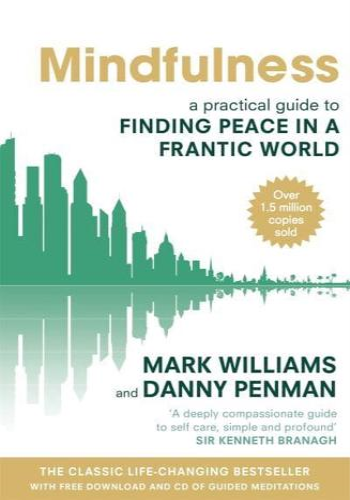THE LIFE-CHANGING BESTSELLER - OVER 1.5 MILLION COPIES SOLD
'A deeply compassionate guide to self-care - simple and profound' Sir Kenneth Branagh
'If you want to free yourself from anxiety and stress, and feel truly at ease with yourself, then read this book' Ruby Wax
Authoritative, beautifully written and much-loved by its readers, Mindfulness: A practical guide to finding peace in a frantic world has become a word-of-mouth bestseller and global phenomenon. It reveals a set of simple yet powerful practices that you can incorporate into daily life to break the cycle of anxiety, stress unhappiness and exhaustion. It promotes the kind of happiness that gets into your bones and allows you to meet the worst that life throws at you with new courage.
Mindfulness is based on mindfulness-based cognitive therapy (MBCT). Co-developed by Professor Mark Williams of Oxford University, MBCT is recommended by the UK's National Institute for Health and Care Excellence and is as effective as drugs for preventing depression. But, equally, it works for the rest of us who aren't depressed but who are struggling to keep up with the relentless demands of the modern world.
By investing just a few minutes each day, this classic guide to mindfulness will put you back in control of your life once again.







